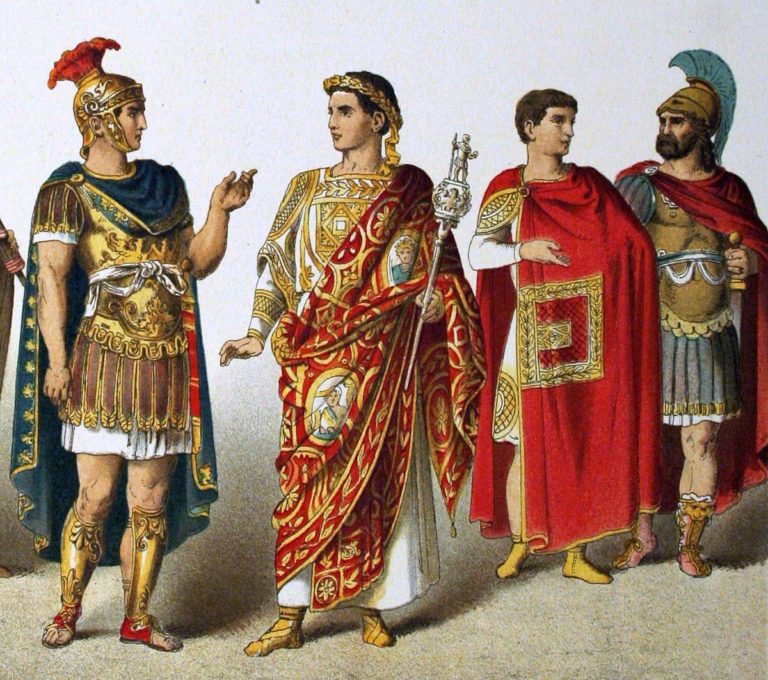
Empires
Empires have existed since the dawn of history. What is an Empire? Is it different than a Kingdom? The Google definition of Empire is:
“An extensive group of states or countries under a single supreme authority.” In the past an empire was ruled by an emperor or empress. Examples other terms that were used that could mean the same were: caesar, king, potentate, sultan, mogul, autocrat, führer, czar, tsar, kaiser, plus several others.
This article is about geographic empires as defined above. However, there are other types of empires such as commercial empires, trading empires, fashion empires, publishing empires, etc.
Some of the most common characteristics of a geographic empire include, expansive territory, military power, ruling class, trade and wealth.
The above definition is correct, but fairly complex. Simply stated an empire exists when and indidivual, group or nation owns or controls property somewhere besides where they llve. I live on one city, but I own property in three others. I rent those properties but I don’t live there. Is that an empire? Yes. It is my rental empire
There have been many large empires in history such as the Persian Empire, the Roman Empire, the British Empire, and the U.S. Empire. Is the U.S. an empire. Of course. We own and control land outside our boundaries. We own or control American Samoa, Guam, Republic of the Marshall Islands, Federated States of Micronesia, the Commonwealth of the Northern Mariana Islands, Republic of Palau, Commonwealth of Puerto Rico, and the U.S. Virgin Islands. We could include Washington, D.C. since it is not a state, it is a 10 miles square district, the seat of the Government of the United States.
Ohio, where I live, was once part of the French Empire, then the British Empire, and finally the American Empire (part of the Northwest Territory) until admitted into the USA in 1803, ending its status as part of the U.S. empire. All states except the original 13 became part of the U.S. Empire through exploration, treaty, conquest, or by application. We added our last two states, Alaska and Hawaii in 1959. Puerto Rico has applied for U.S. Statehood six times and been denied. The last in November 2020. See Puerto Rico statehood movement – Wikipedia
How are empires founded? Usually by exploration, where an area is discovered and claimed, or by conquest. An existing country or empire invades and takes control. Sometimes the empire is created by treaties or to provide protection. America’s empire is for protection. We normally don’t gain income from these parts of our empire. Often we spend money to keep the relationship. An example is Guam. The island lets the United States place Anderson AFB on Guam. We pay Guam, they don’t pay us.
If you are interested in learning more about the most important empires in history, click the following link from the World Atlas Society. It will provide information and some interesting images. worldatlas.com/ancient-world
There is further discussion on this website about the British Empire. See British Empire Rise and Fall
Even though the Holy Roman Empire was limited to Central Europe, its existence was instrumental in political policies, religion, and warfare that extended far beyond its georgraphical area. Could the Hapsburg Dynasty have developed? Could Nazism and Communism followed? Could the papal power of the Roman Catholic Church have reached world-wide influence? Please see this article on Wikipedia. Holy Roman Empire – Wikipedia
There were many regional areas that we sometimes label as empires. The definition is often blurred. Dynasties are sometimes called empires. Other empires not listed above have existed, and information is available on the web. A list of empires with links is available at https://en.wikipedia.org/List of Empires